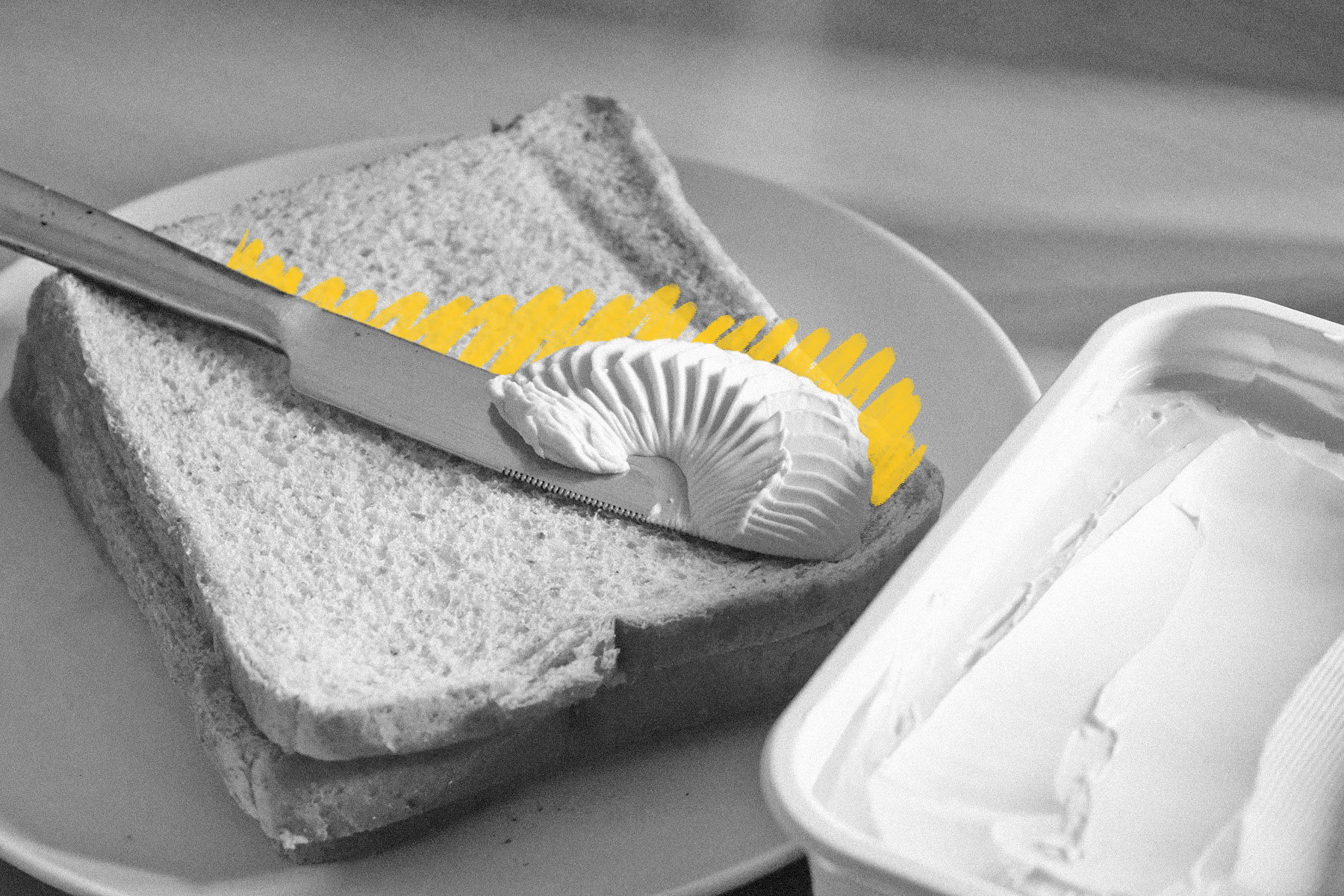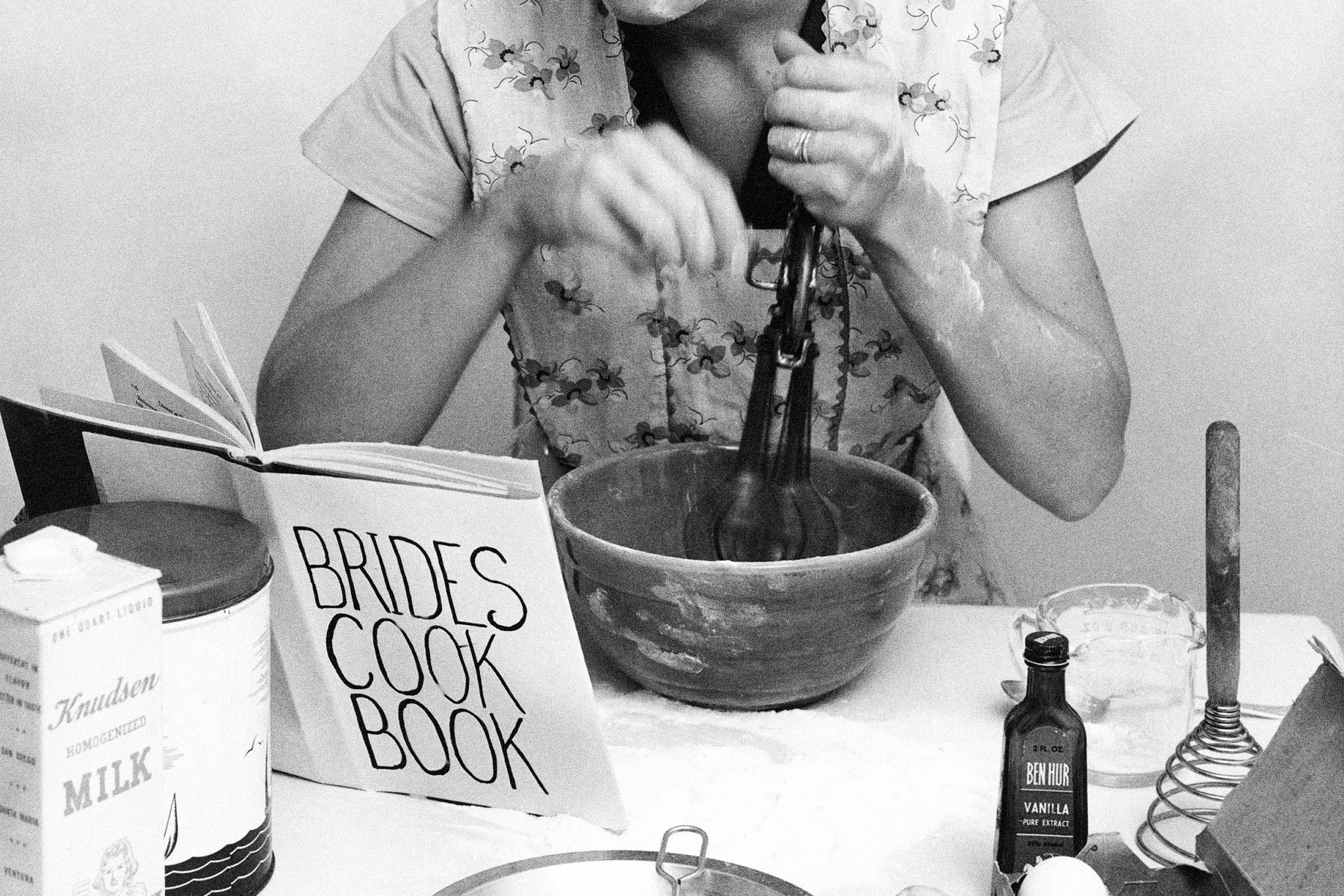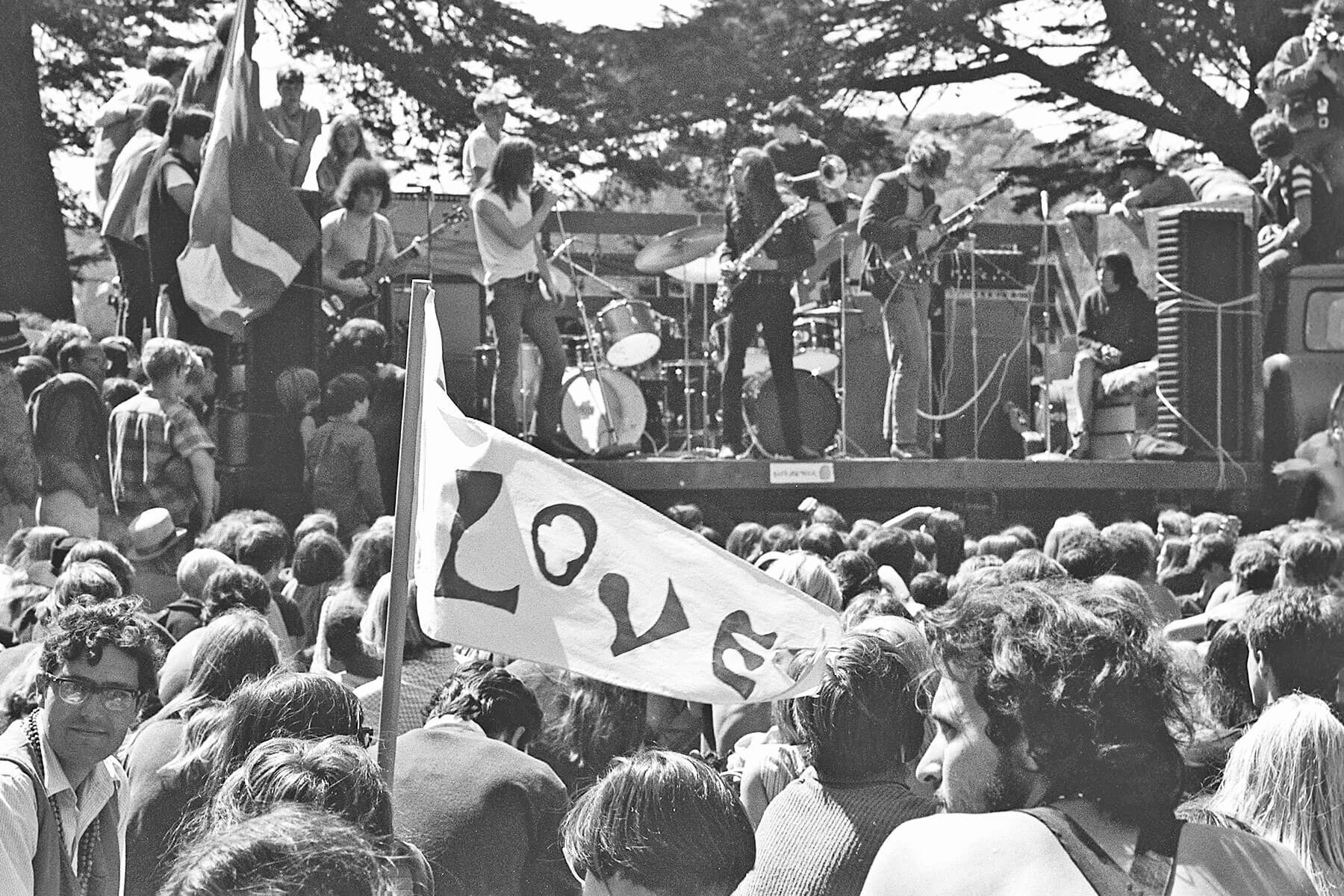| M argarine developed an unsavory reputation very quickly after it first arrived in North America from Europe in the 1870s. Both the dairy lobby and popular media maligned the butter substitute (then made from surplus animal fats), claiming that it was unhealthy, prepared under unsatisfactory conditions, and full of harmful chemicals. Twenty states regulated margarine's labeling, and seven more banned it outright before Congress stepped in and passed the 1886 Oleomargarine Act, which, among other things, heavily taxed the manufacture and sale of margarine. Retailers tried to get around the law by selling margarine as butter, which only intensified the anti-margarine crusade. |
|
| To make the difference between margarine and butter more obvious, 32 states passed legislation regulating the color of margarine. Most of those states banned the color yellow, but at least five states (Minnesota, South Dakota, Vermont, and West Virginia) went a step further and required that margarine be dyed pink to highlight its artificiality. The Supreme Court struck down pink margarine requirements as unconstitutional in 1898, but bans on yellow margarine remained in effect. In 1902, Congress even amended the Oleomargarine Act to increase taxes on artificially colored yellow margarine. But when the price of butter skyrocketed in the 1940s, public opinion shifted. The Oleomargarine Act was repealed in 1950, and state regulations started to follow suit. The last bans on yellow margarine were in Minnesota and Wisconsin, and both were repealed by 1967. |













No comments:
Post a Comment